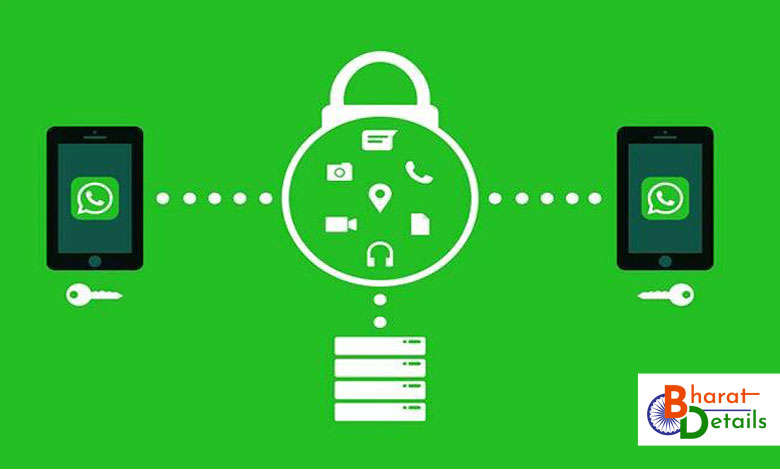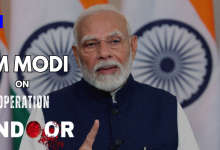New #OTTGuidelines for Regulation/Censorship of News Websites, #OTTPlatforms, and Social Media have been released by the Indian Government.

- Guidelines & Rules on Social Media for OTTs and Digital Media: New rules for intermediary channels, social media intermediaries, digital media and over-the-top (OTT) content players have been announced by the Government.
For social media sites, OTT players & digital media Thursday, the Ministry of Electronics and Information Technology (MeITY) has announced its draught Information Technology (Intermediary Guidelines and Digital Media Ethics Code) Regulations, 2021, with significant recommendations like asking social media firms to report a message or tweet to the originator as the case may be.
“No new legislation has been framed by us. “We have framed these rules under the current IT Act,” Ravi Shankar Prasad, Minister of MeITY, announced these rules during a press conference. We trust the platforms,” he said, “to meet these regulations. “This advice focuses on self-regulation.”
The Rules shall enter into force on the date of their publication in the Gazette, with the exception of additional due diligence on the part of major social media intermediaries, which shall enter into force three months after the publication of the Rules.
There was also a difference between a big social media intermediary and a normal social media intermediary in the rules. In order to decide who will constitute a significant social media intermediary, the government has yet to identify the user scale, although the minister suggested players with more than 50 lakh users will be considered.
Contents
Corporations and recourse on Social Media
The government wants social media firms to have a system for answering consumer concerns. It needs intermediaries in social media to include the following:
- Chief Officer of Enforcement who is responsible for ensuring compliance with the Act and Laws.
- Nodal Contact Person for 24/7 communication with law enforcement authorities.
- Resident Grievance Officer who performs the duties referred to in the Redressal Process for Grievance.
Most Importantly: All of these officers need to be Indian residents.
The government says the consumers of social media and other intermediaries are motivated. It wants businesses to also have a chief enforcement officer for essential social media businesses. The regulations also call on social media firms to post a monthly report on compliance.
“If there are complaints against the integrity of users, particularly women who abuse individuals or nudity in their private parts or in sexual acts, impersonation, etc., you will be required to eradicate that within 24 hours,” Prasad said.
Track the initiator of a message
The rules also allow for the tracking of a message first originator’ and refer to a major intermediary of social media. It also wants the key social media intermediary to publish a physical contact address on its website or mobile app or both in India. This may mean that players like WhatsApp, who are encrypted end-to-end, will be forced to crack encryption in India in order to comply.

Although it is not interested in the content of the post, the government says they want to know who began the ‘mischief’. It needs social media sites, as the case may be, to reveal the first originator of the mischievous tweet or post. This will be necessary in matters relating to India’s protection and sovereignty, public order, or rape or any other sexually explicit content.
The rules also state that “users who wish to voluntarily verify their accounts shall be provided with an appropriate mechanism for verifying their accounts and shall be provided with a demonstrable and visible verification label.”
Platforms for OTT content, Digital Media
For OTT websites and digital news media portals, the government has also called for a grievance redress mechanism. The government is also calling for self-regulation of OTT channels and digital news media and requires a mechanism to resolve any grievances.
Although films have a censor board, OTT platforms need their films and material to be self-classified based on age. Based on age appropriateness, the content would have to be graded. The government requires OTT players to classify films based on 13+, 16+ and those for adults and explained that these channels should not carry any kind of censorship.
There must be a parental lock system and compliance with the same must be ensured. Platforms like Netflix have a parental lock option already.
According to the government, publishers of digital media news would be “required to comply with the standards of journalistic conduct of the Press Council of India and the Program Code under the Cable Television Networks Regulation Act, thereby providing a level playing field between offline (print, TV) and digital media.”
READ MORE | Motera Cricket Stadium, the largest stadium in the world, named after Narendra Modi
It also wants a system of three-level grievance redress. This will include self-regulation by the publishers; self-regulation by the publishers’ self-regulating bodies; and a system of supervision.
The government wants digital media to appoint an Indian-based Grievance Redressal Officer to be responsible for addressing complaints received by it. The officer shall, within 15 days, decide on any petition received by him.
Perhaps one or more publishers’ self-regulatory bodies are there. This body “shall, according to the law, be headed by a retired judge of the Supreme Court, a High Court or an independent eminent person and shall have no more than six members.”
It would be appropriate for the body to register with the Ministry of Information and Broadcasting. This body will oversee the publisher’s adherence to the Code of Ethics and address complaints within 15 days that have not been addressed by the publisher.
Furthermore, the oversight system shall be formulated by the Ministry of Information and Broadcasting. A charter for self-regulating bodies, including codes of practice, shall be published and an Inter-Departmental Committee for the hearing of grievances shall be created.
ALSO READ | WHAT IS THE KOO APP AND WHY IS IT JOINED BY GOVERNMENT OFFICIALS?

